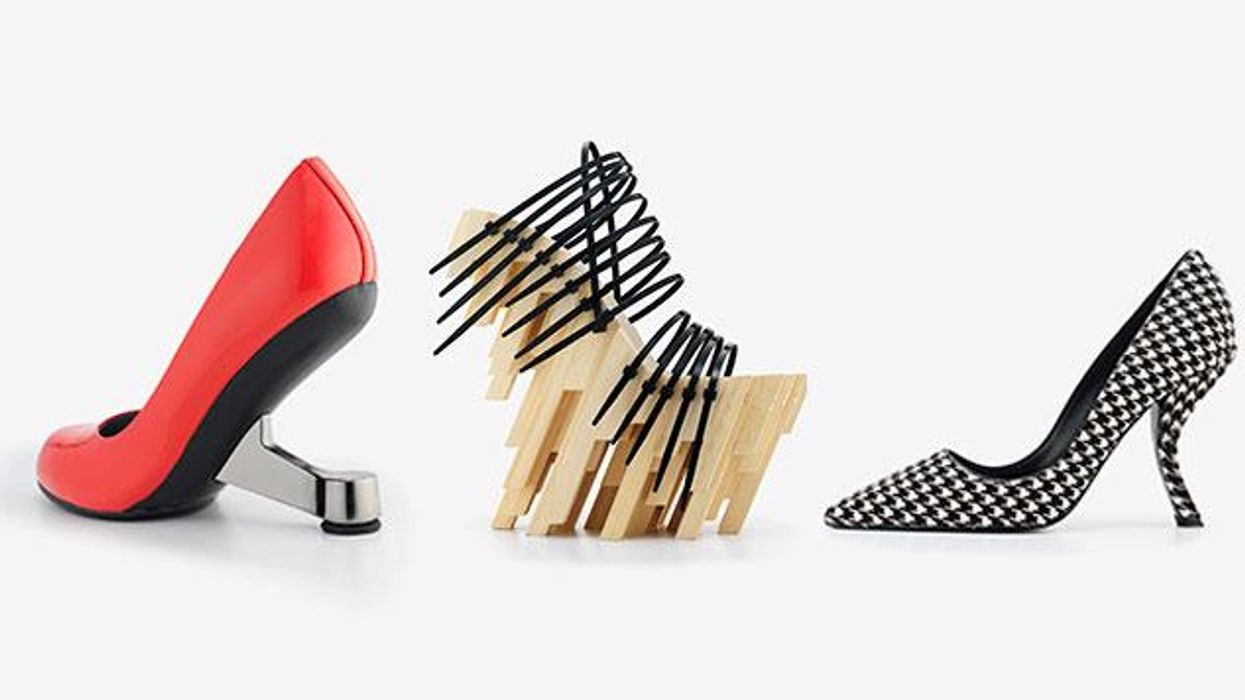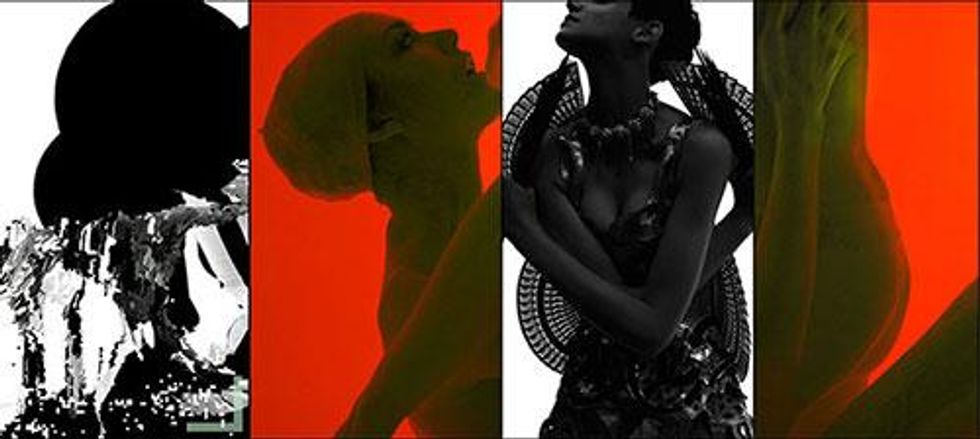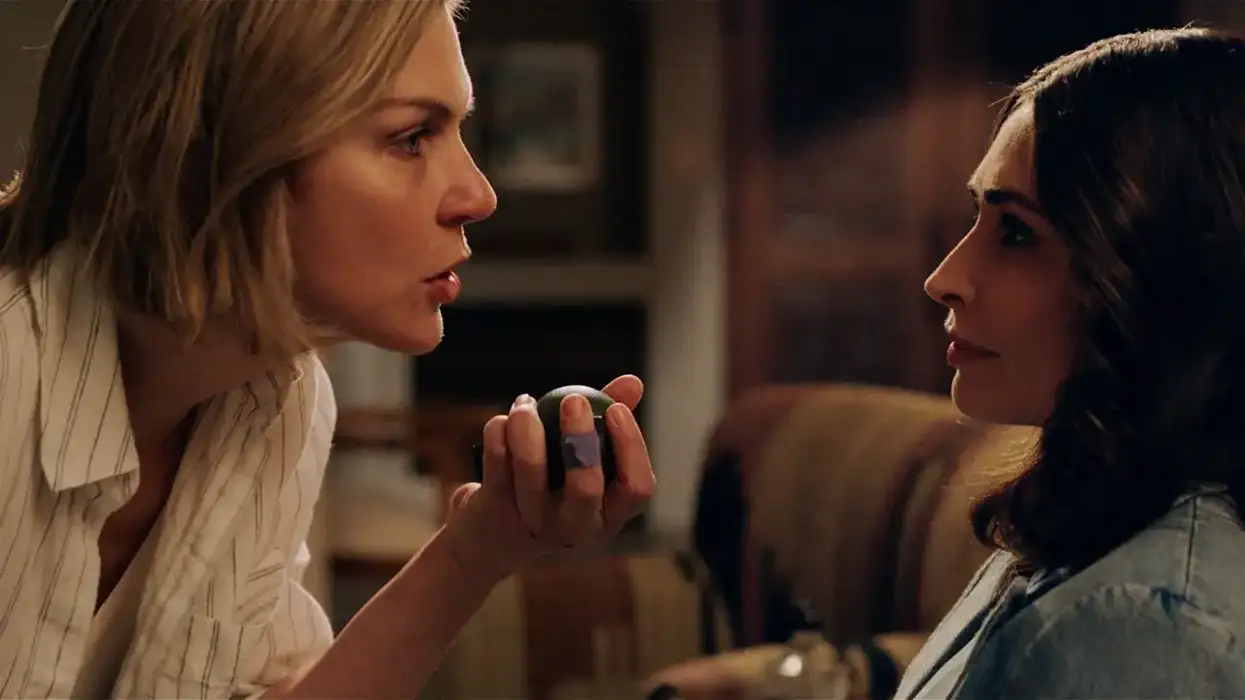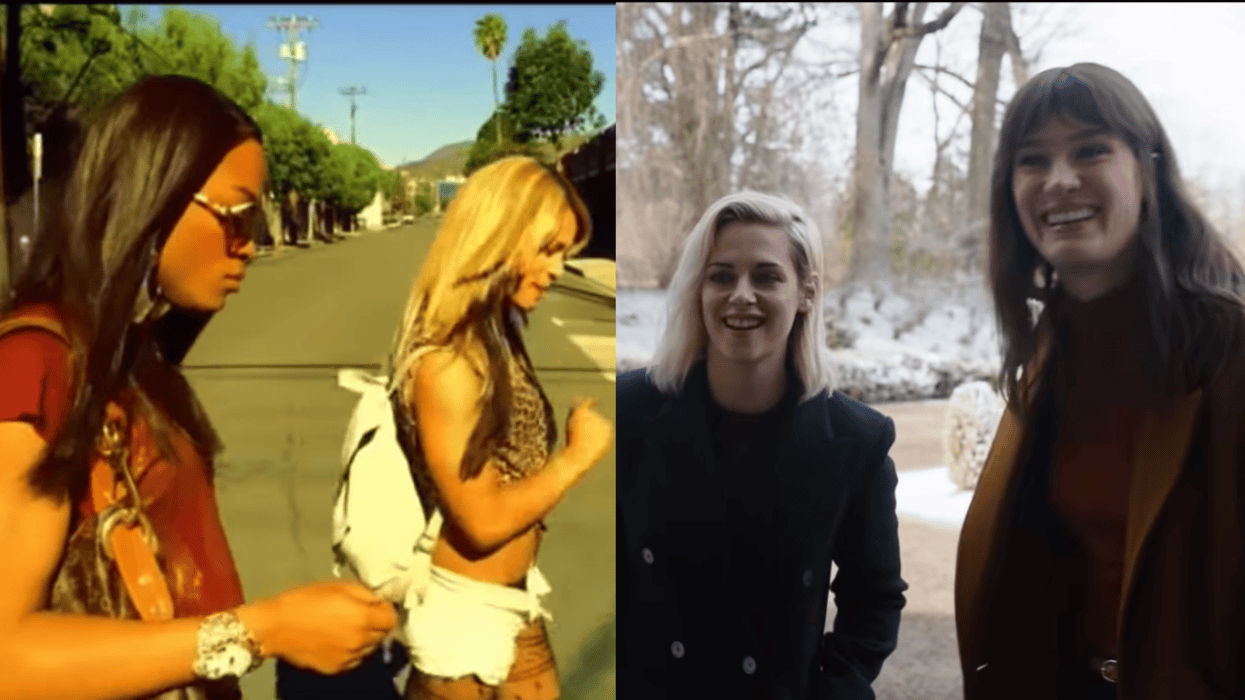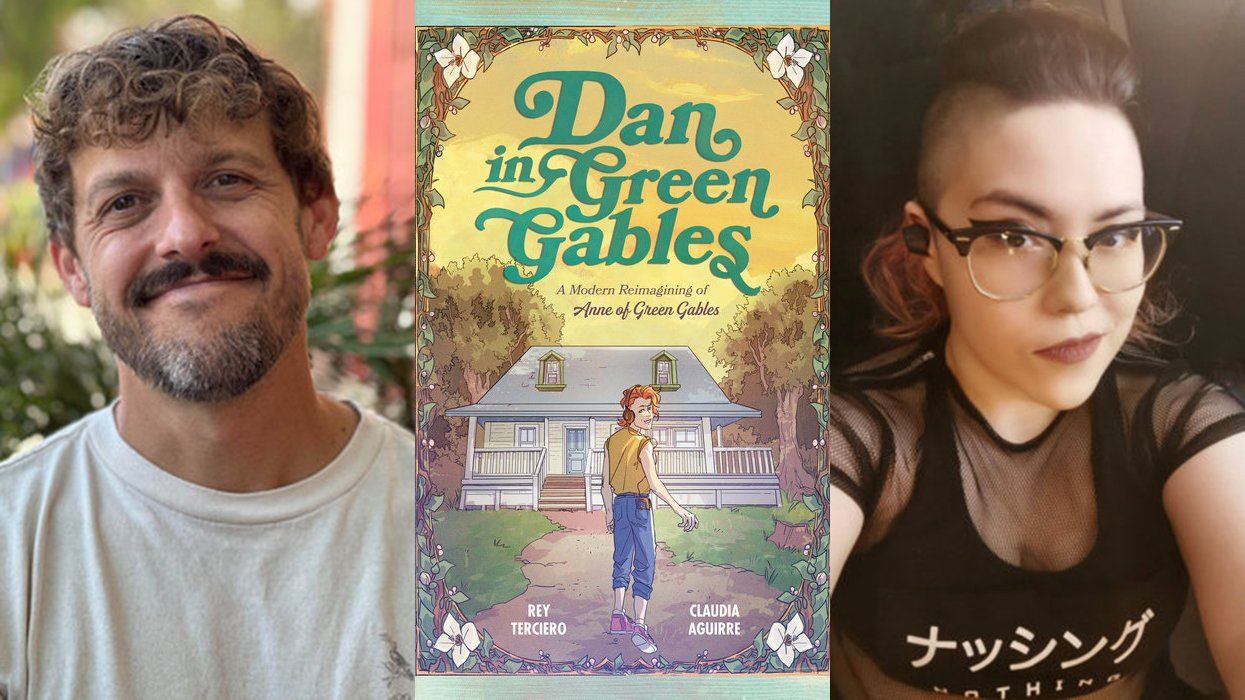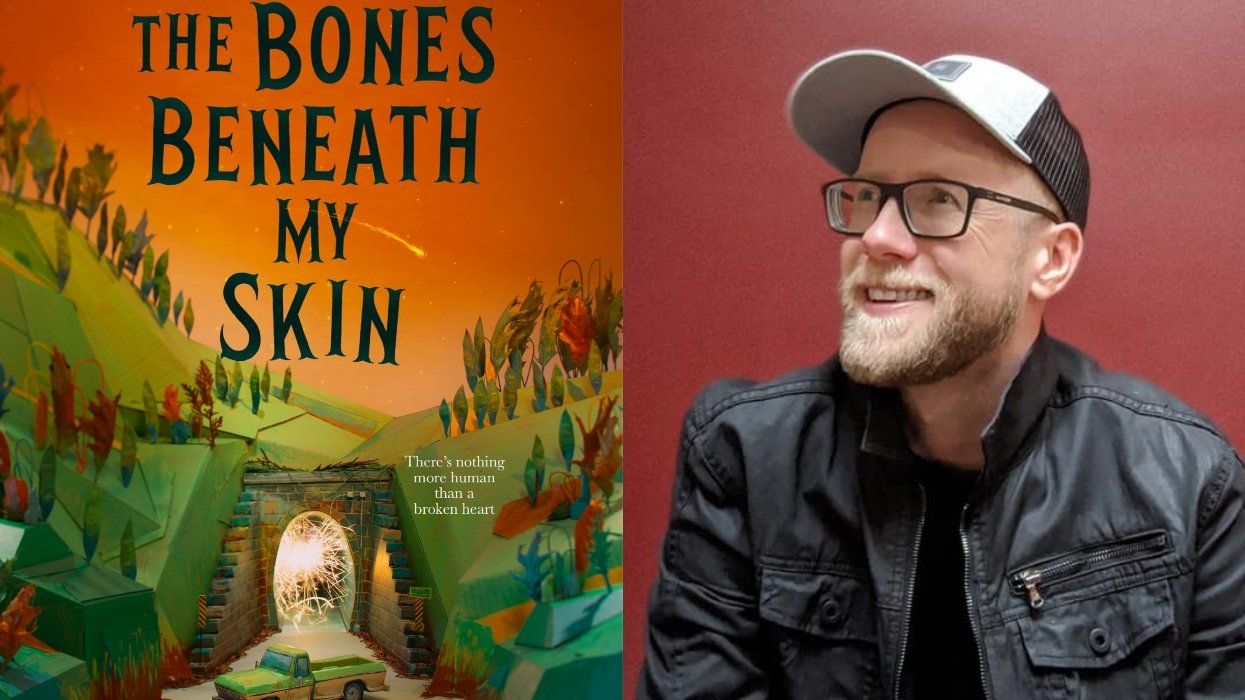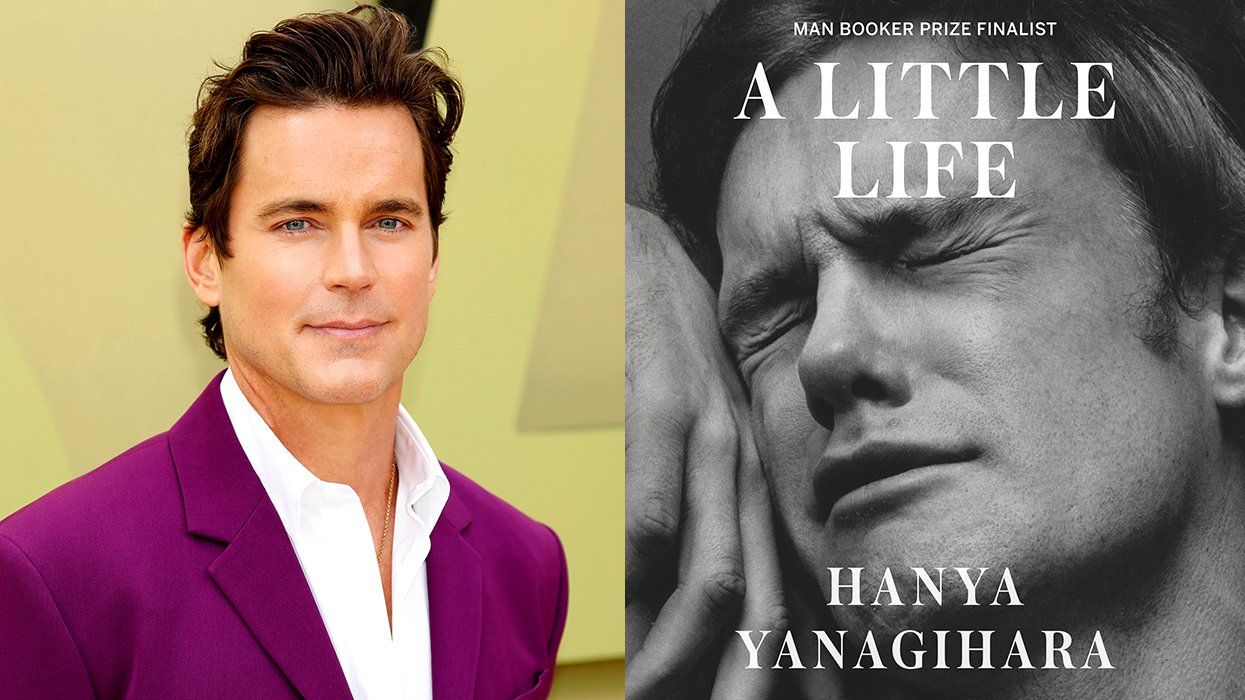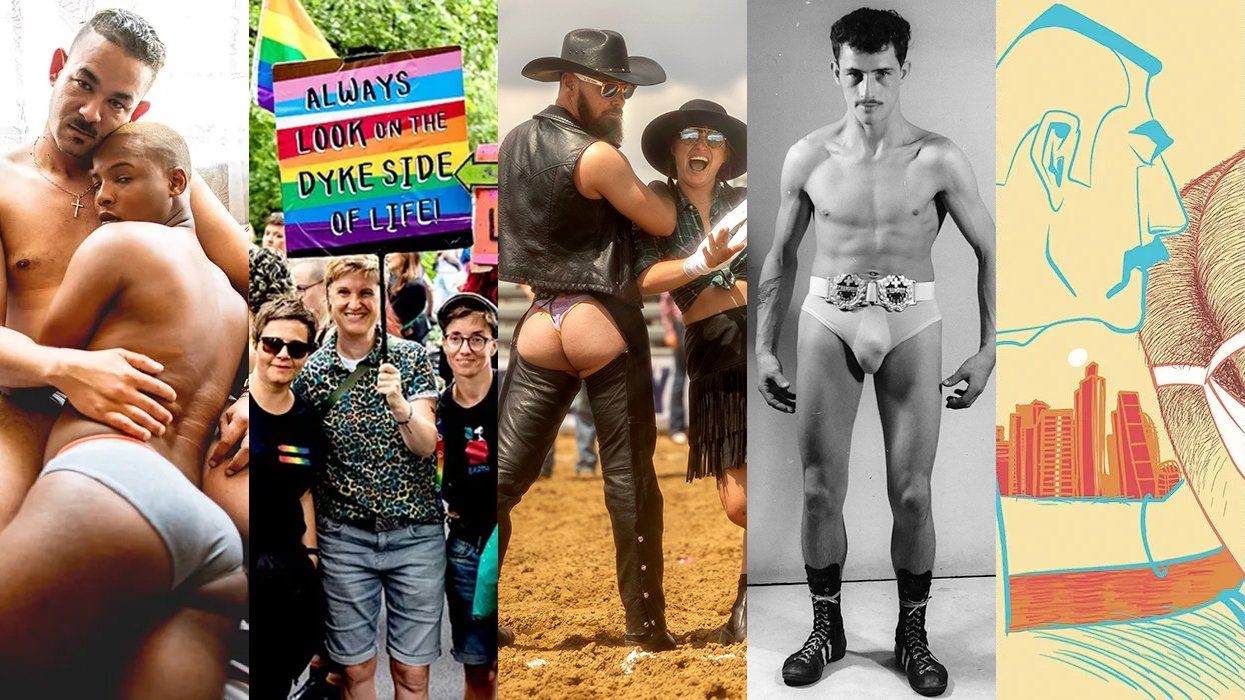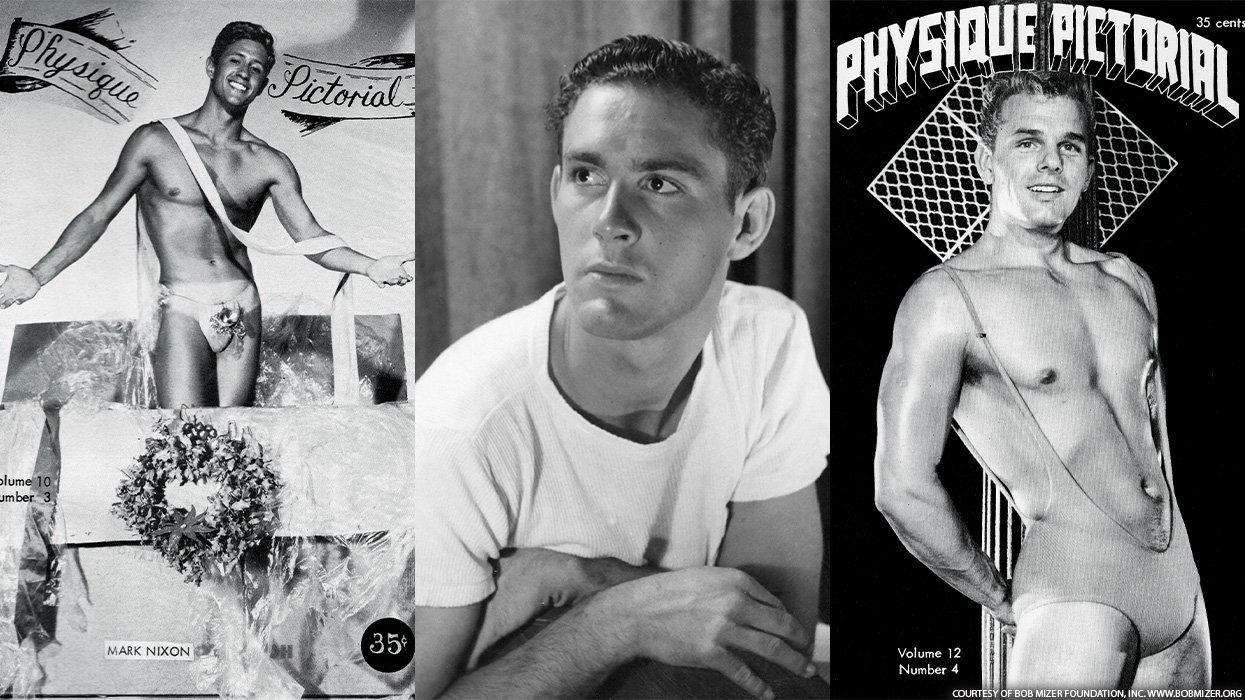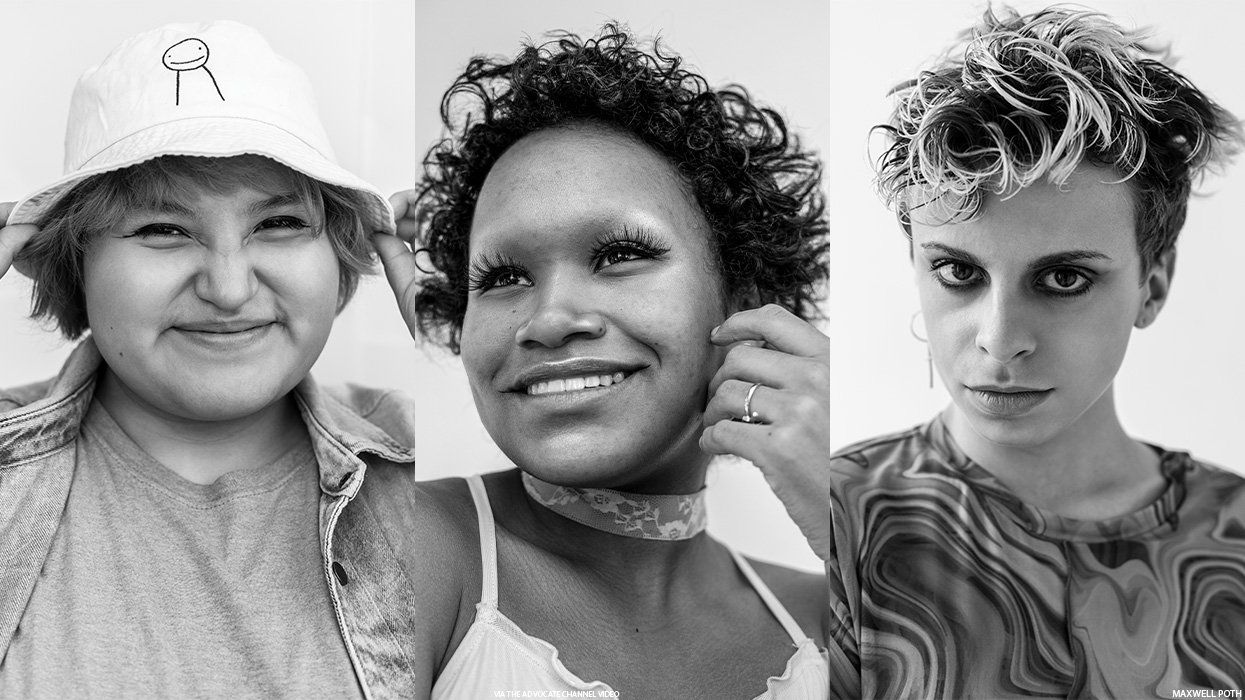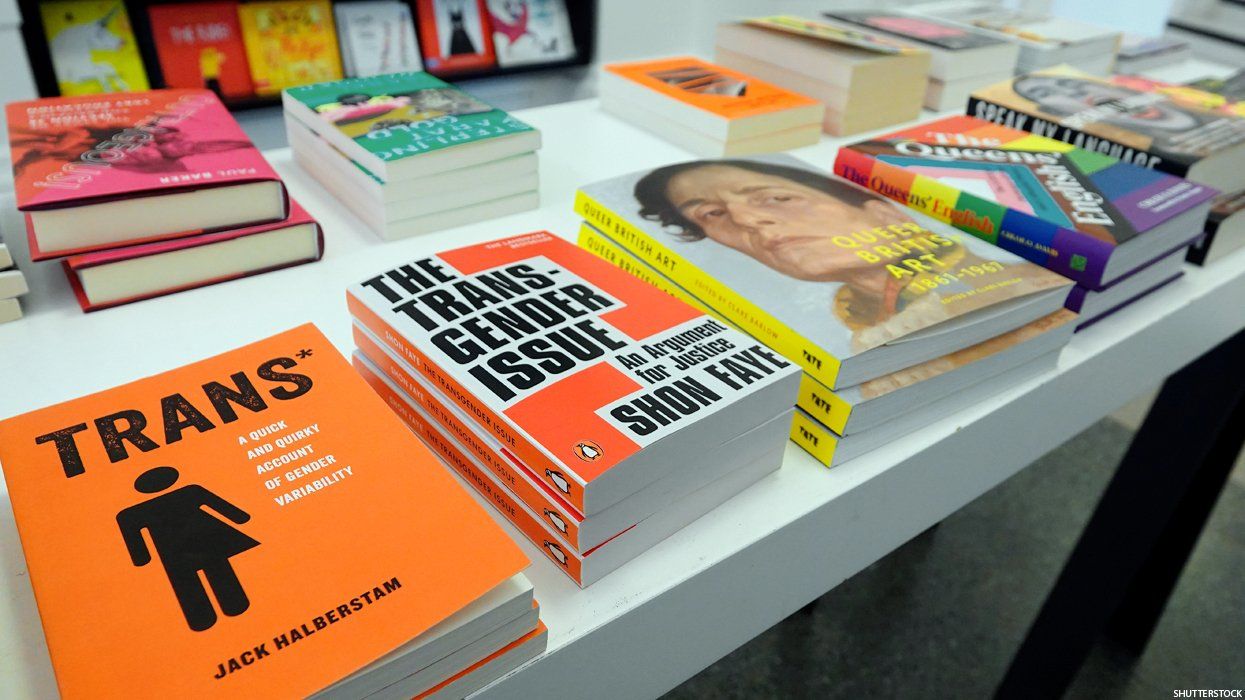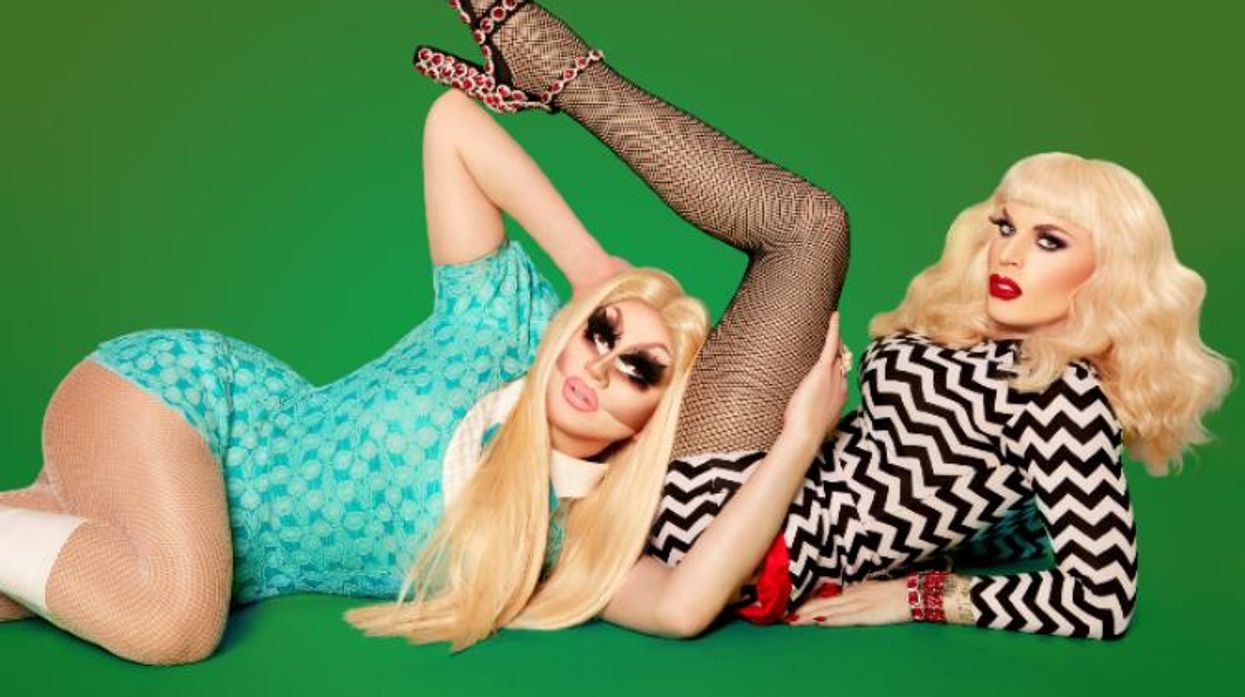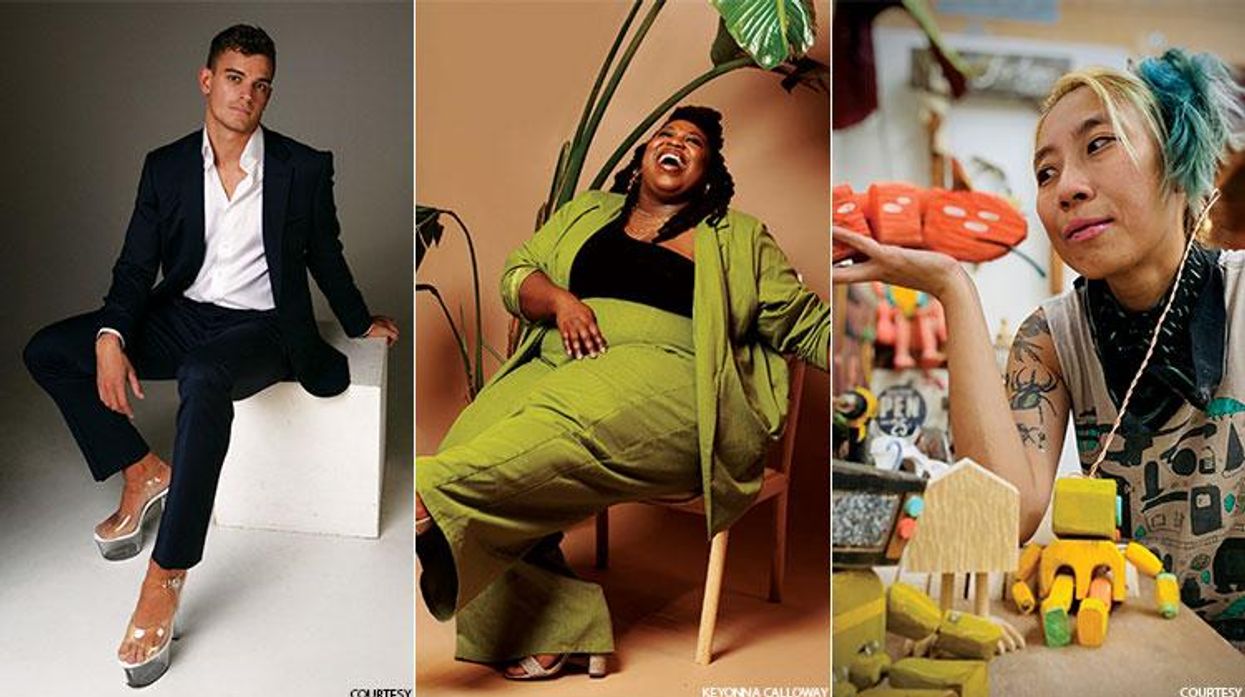High heels at once represent power, weakness and poise; elongating the leg and crippling the feet, from laboriously made high fashion forms, to the mass produced high street styles worn by the average soul. The Brooklyn Museum pays homage to fashions most timeless accessory with Killer Heels: The Art of the High-Heeled Shoe, which opens September 10 and remains on view through February 2015.
The creative minds behind Killer Heels, curator Lisa Small says that, in choosing a name, she was conscious of the double entendre associated with the phrase Killer Heels. "There's 'killer' as in being the best, or doing something really well," she explains. "Then the other side of the coin is considering heels to be literally dangerous, the shoe as weapon."
The 180 different shoes displayed range from whimsical to dark and intimidating designs. A pair from the 2013 Iris Van Herpen X United Nude collaboration is covered in cascading black twirls that resemble wild tangling vines, while spheres printed with a splashy watercolour pattern elevate a gold pair of Jantaminiau slippers.
"There are some interesting younger artists," Small says. "Kat Potter is making these conceptual, directional shoes out of wood, with hinges. Victoria Spruce is doing these amazing organic, biomorphic looking 3D printed shoes. But then we've got a very iconic pair of black Salvador Ferragamo stiletto pumps that belonged to Marilyn Monroe. There's something about the clean lines of that 20th century shoe that is very powerful."
SLIDESHOW | Heels at the Brooklyn Museum
Divided into six broad thematic sections--Revival and Reinterpretation, Rising in the East, Glamour and Fetish, Architecture, Metamorphosis, and Space Walk--the shoes in Killer Heels will be displayed in vitrines, alongside a selection of works from the museum's permanent collection that have interesting visual resonance, such as a 19th-century Rococo revival table.
That's where chief exhibition designer Matthew Yokobosky was essential. Yokobosky studied film and design at the University of Pittsburgh, which he feels informs his work as a designer. "I have a real fluidity with incorporating film and video into the designs," he explains. "We've hit a moment where everyone's trying to look at video art as a way of activating the exhibitions, and I feel like I was already on that path."
He says the Killer Heels layout aims to interact with and engage viewers. "I've designed the walls so that they begin with a very pale grey, but by the end of the gallery they have turned almost black, so you have a sense of movement through the gallery, and a sense of movement through time."
But there is more to exhibition design than just picking great colors. Yokobosky oversees everything from carpentry to paint elevations, electrical diagrams and audio-visual equipment. He says imagination, however, takes precedence over logistics. "Once I start designing, it's just about having those moments where I can kind of daydream and fantasize."
Though museum work does not always relate itself to fashion, Yokobosky enjoys it when the opportunity arises. "When I started out doing set and costume design, that was my way of working in fashion," he says. "I spent a lot of time looking at Details magazine, because Bill Cunningham used to do these crazy huge spreads of all the latest fashion shows. It was before the Internet, so I'd sit and pore over that looking for ideas. I always felt like the theatricality of couture was meant for stage, so that was the place I was looking for inspiration."
Yokobosky thinks of exhibition design as "theater turned inside out". "In theater, you sit and watch people move and perform onstage, but when you come to an art exhibition, you're the one who has to move through the gallery and have that experience of performing" he says. "So I always felt like part of being an exhibition designer was about designing a path for people to walk through the gallery. I don't really care to have it be like one square white box after the next."
Yokobosky explains that, typically, composing an exhibition layout takes between four and eight months. "It's like making an outfit to go out in. You work on it, and then you take something away, you might add something."
An accompanying catalogue includes an essay by author Caroline Weber, "The History Of The High Heel," but the show is by no means an exhaustive chronology, though items such as 17th century Venetian Chopin's made of silk, leather and wood, and early 20th century pumps, give historical insight.
Six specially commissioned videos from artists including Zach Gold and Marilyn Minter will also be presented. Minter's work shows skull-tattooed ankles bound by diamante crusted shoe straps, splashing in shallow water. A screen grab from Gold's piece features a kaleidoscope pattern comprised of silver bubbles and bronzed bare legs wearing red-soled black pumps.
"I always remember that story about Marilyn Monroe," Yokobosky says. "Before she'd walk out the door she'd do a turn in the mirror, and the first thing that caught her eye she took off, because she didn't want people looking at that thing, she wanted them to look at her. I think it's like that with exhibition design, too. You want people to look at the art, in this case the shoes. You don't just want people looking at the sparkly things."
Killer Heels, September 10-February 15, 2015, is at the Brooklyn Museum.


